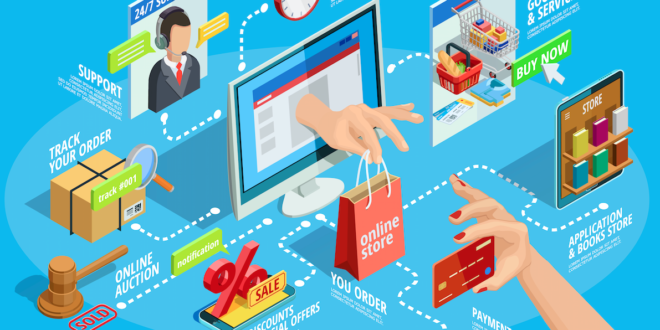Gekko Field Marketing’s MD Daniel Todaro looks at how smart tech is set to make a big impact across the retail channel this year.
We know that smart home technology has revolutionised the way we live at home and according to PWC’s recent white paper, Connected Home 2.0, £10.8bn will be spent on smart home devices in the UK in 2019. With the increased availability and adoption of 5G in the UK, I predict that the options on offer will only get smarter and extend their reach to every room in the household.
There’s been a lot of hype around 5G – from downloading a full HD movie in under five seconds to making fully automated vehicles a reality – but I believe 5G will be a transformative technology for the home, as it’s spearheading a multi-dimensional world connecting devices, brands and people in real time with its fast bandwidth and reduced latency. Take a look around your home, count up the numerous devices that are connected and smart. It’s only going to get more prevalent in our lives and the places we reside and work in.
Barring any changes as a result of the General Election, the government were supportive of a £530 million proposal from the UK’s mobile network operators for a Shared Rural Network with the potential for it to be matched by a £500 million investment from the government. This would be a world-first deal with all the UK carriers – EE, O2, Three, Vodafone – investing in a network of new and existing phone masts they would all share.
For consumers it means they will be able to rely on their own provider’s network to use their mobile phones wherever they are in the UK. More importantly it will improve connectivity in areas with poor or no broadband. The upcoming 5G rollout is one reason why experts predict that more than 36 billion devices globally will be connected to the internet by the end of 2020, all of them smart.
Away from mobile phones, the connected home covers pretty much every category from AV, including smart speakers to thermostats, lightbulbs, your washing machine, fridge, oven and kettle. You name it and it’s probably smart and will integrate into your life with the tap of a device or command of your voice. That’s why Google has created the Google Assistant Connect programme, which for manufacturers means that they can create custom devices that serve specific functions and are integrated with Google Assistant making more assistant enabled devices available within all categories.
With this mass adoption across multiple CE categories it’s anticipated that the user experience will undergo a significant shift in how users utilise and interact with smart technology and AI.
This would mean a more ‘Multi Experience’ model which changes the manner, usage and approach with our smart devices to shift both perception and interaction to a multisensory experience. For instance, adapting the lighting to a mood that’s personal to you and not generic, or managing your life more personally by telling you how your commute to work will be and what to wear based on the weather forecast before you’ve even thought about it, just by looking at your diary, which of course you’ve integrated or shared voluntarily with your AI device.
All this would happen more seamlessly, without the need to constantly repeat a ‘wake word’ such as ‘Hey Google’ or ‘Alexa’ and instead using the wake word once to continue the instructions with your AI device not only making the usage of AI more beneficial when multitasking but also more of a user centric experience.
And all these devices will need to be connected, and if not by 5G it will be through the development of WiFi 6, which drastically improve wireless communication protocols, increasing download speeds by three times the current WiFi 5 we use today and enabling even more connected devices, which will be more adept at natural language.
The upshot is that we will inevitably utilise smart devices with built in AI to a much greater extent, such as for ordering shopping, which is incidentally predicted to jump globally by 2020 – a blow for traditional retail, especially when you consider that it’s estimated a staggering 85% of purchasing suggestions made by Amazon are effective. It’s no wonder why retailers are torn on supporting Amazon or not. For example, in November, Nike withdrew all its products from sale on the Amazon platform.
It’s true to say that technology in 2020 will give with one hand and take from another, all for the sake of progress and convenience, but for consumers, it’s about choice. The choice to automate much of what we may consider tedious or periphery. The choice to share your data with any amount of organisations, known and unknown (you may wish to read those T&Cs you freely agree to. I know you won’t, nobody does).
There is also the choice for retailers to take on the challenge of selling smart technology effectively in an engaging manner that enables a positive experience for the consumer. More importantly for offline retail to rise to the challenge faced by online retailers and offer more – starting with a better customer journey.
The PCR Awards 2020 takes place in London on 4th March. Don’t miss out on a chance to be in the room with 500+ industry peers. Book your tables and tickets now!
Like this content? Sign up for the free PCR Daily Digest email service to get the latest tech news straight to your inbox. You can also follow PCR on Twitter and Facebook.
Read the latest edition of PCR’s monthly magazine below:
 PCR Tech and IT retail, distribution and vendor news
PCR Tech and IT retail, distribution and vendor news



